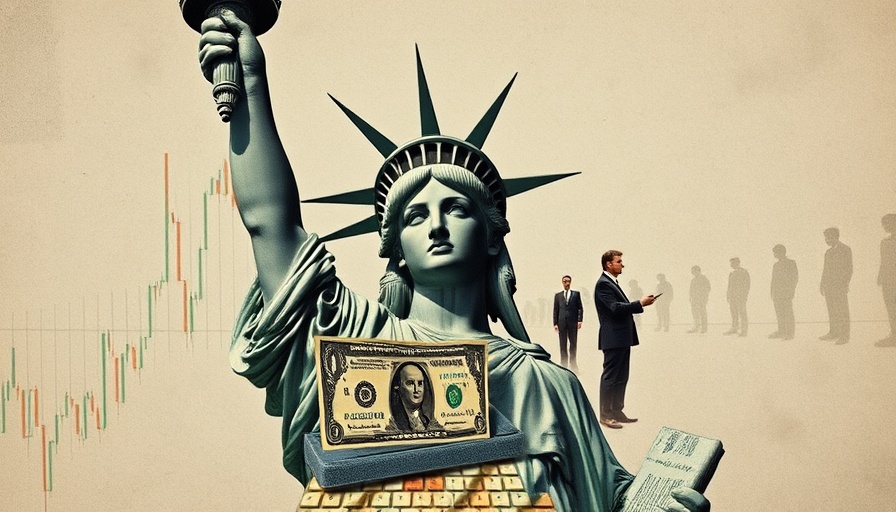
Citibank's Strategic Shift in Downtown San Francisco
In a bid to strengthen its foothold in a rapidly evolving financial landscape, Citibank has announced the closure of two downtown branches located at 245 Market and 260 California streets. While these closures may seem like setbacks for local banking customers, they are part of a broader trend as the bank prepares to unveil a new, sleek location that underscores its commitment to harnessing the tech-driven wealth swirling around the San Francisco Bay Area.
A Closer Look at the Reasons Behind Citibank's Decision
The decision to close the two branches is not merely a practical move based on declining foot traffic; it is reflective of a significant trend in the banking industry where institutions are adapting to the digital banking revolution. As online and mobile banking services continue to grow in popularity, the necessity for physical branches diminishes. Citibank, founded over 200 years ago, is adapting to these changes by reallocating resources to service models that increasingly resonate with a tech-savvy customer base.
Current Climate: The Shifting Banking Landscape
The recent closure add to a larger narrative of banks re-evaluating their brick-and-mortar presence across the country. In 2023 alone, a staggering 220 bank branches shut their doors nationwide as institutions like Citibank, Wells Fargo, and Bank of America look to streamline operations while focusing on customer retention through innovative digital solutions. Many consumers still rely on physical branches for transactions such as depositing checks and applying for loans. However, ongoing trends indicate a swift transition toward digital channels.
The Impact on San Francisco's Local Economy
As banks retreat from physical spaces, one may question the implications for local economies. While Citibank is investing heavily in San Francisco, the closures could create gaps in service for those who value in-person banking. Residents near Market and California streets will feel the effects, possibly relying on alternative branches or moving their banking needs entirely online. The rise of local fintech solutions also poses a challenge to traditional banking models, illustrating how competition is heating up in this lucrative market.
Looking Ahead: What Does the Future Hold for Banking in San Francisco?
Citibank’s shift can be viewed as a bellwether for future banking trends. As it readies to launch a new flagship location, consumers and financial analysts will be watching closely. There is a growing belief that the integration of technology into banking will yield a more streamlined, efficient customer experience. Analysts predict that as more services become available digitally, the physical presence of banks may further diminish, leading to more closures across various regions, potentially including San Francisco.
Should You Be Concerned About Branch Closures?
If you are a Citibank customer, the changes may raise concerns about accessibility and the continuity of service. However, it’s essential to remember that digital solutions are designed to supplement and, in some cases, improve overall banking experiences. Customers can continue to access services via online portals, thereby mitigating the inconvenience caused by branch closures.
Final Thoughts: Adapting to a New Banking Reality
As Citibank transforms its approach in downtown San Francisco, it’s a reflection of the shifting dynamics in the banking sector. Investors and customers alike must adapt to this new reality and consider how to optimize their banking experiences. Whether through direct branches, ATMs, or online channels, staying informed about these changes will empower customers to make strategic financial decisions.
If you're navigating through the new banking landscape, keep an eye on how institutions like Citibank will morph to remain relevant while enhancing their digital offerings. Explore local resources and alternatives to understand what financial services will be in demand in the near future!
 Add Row
Add Row  Add
Add 




Write A Comment